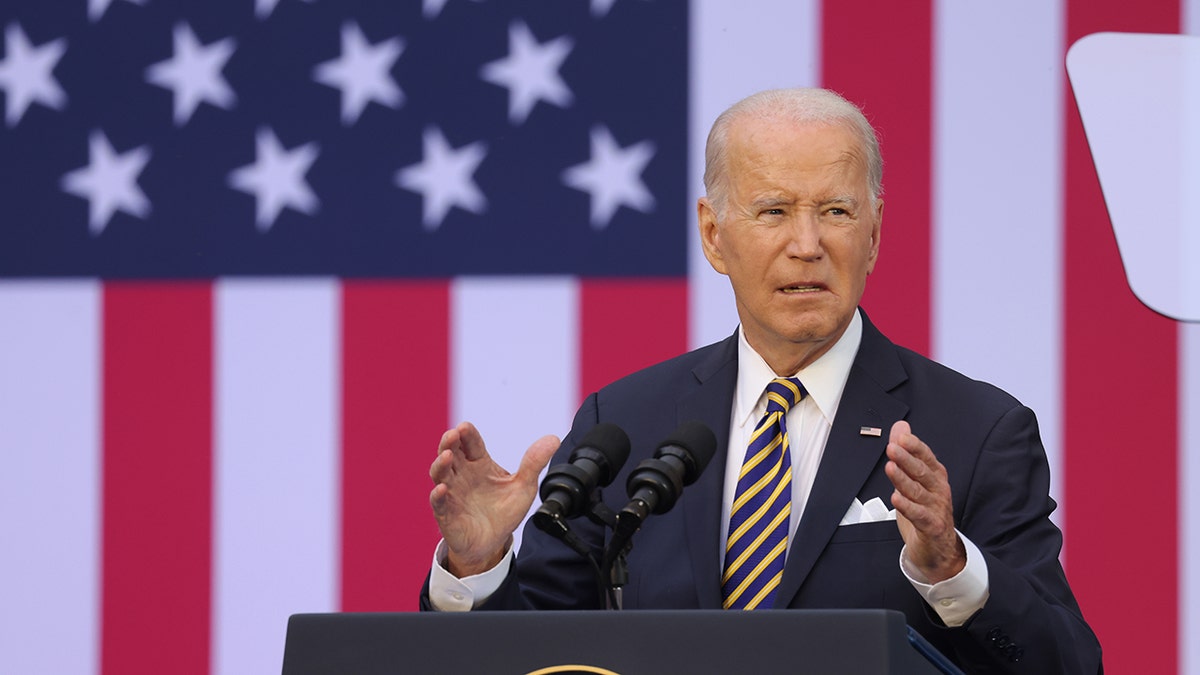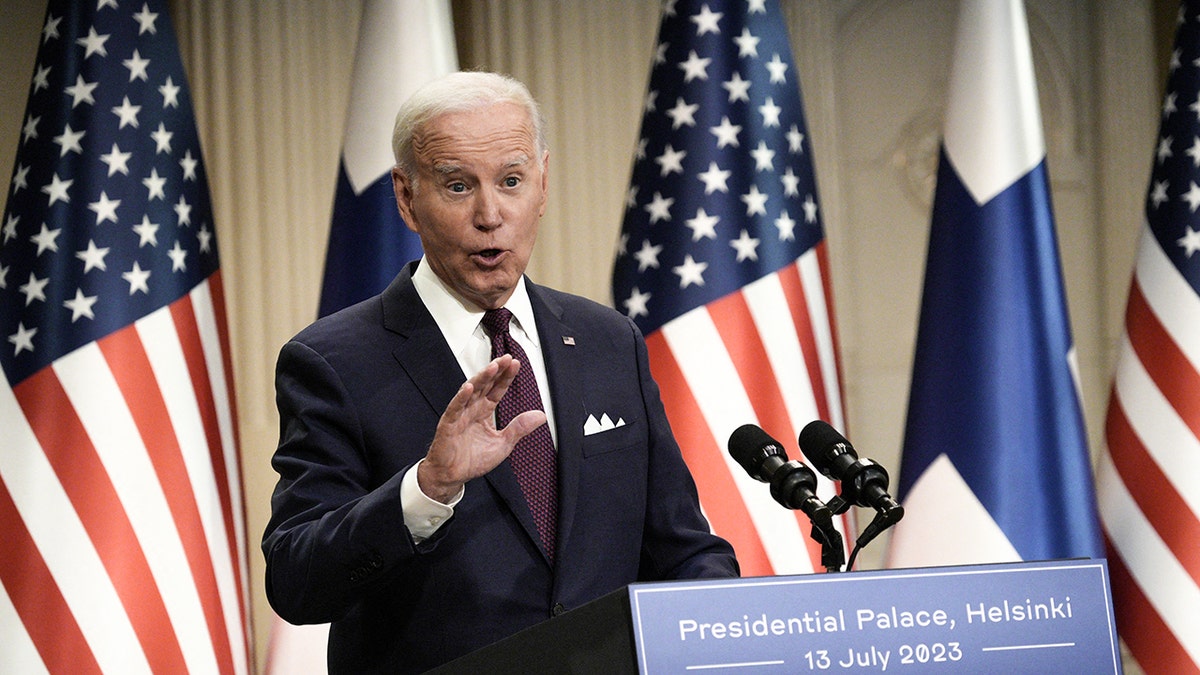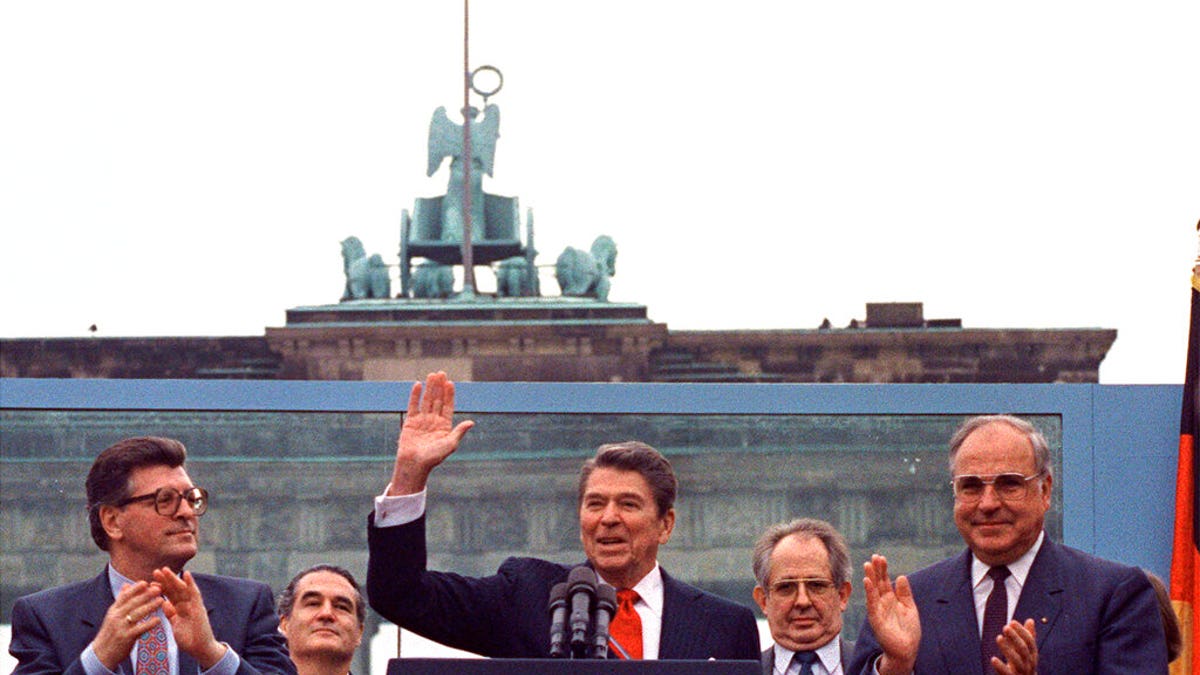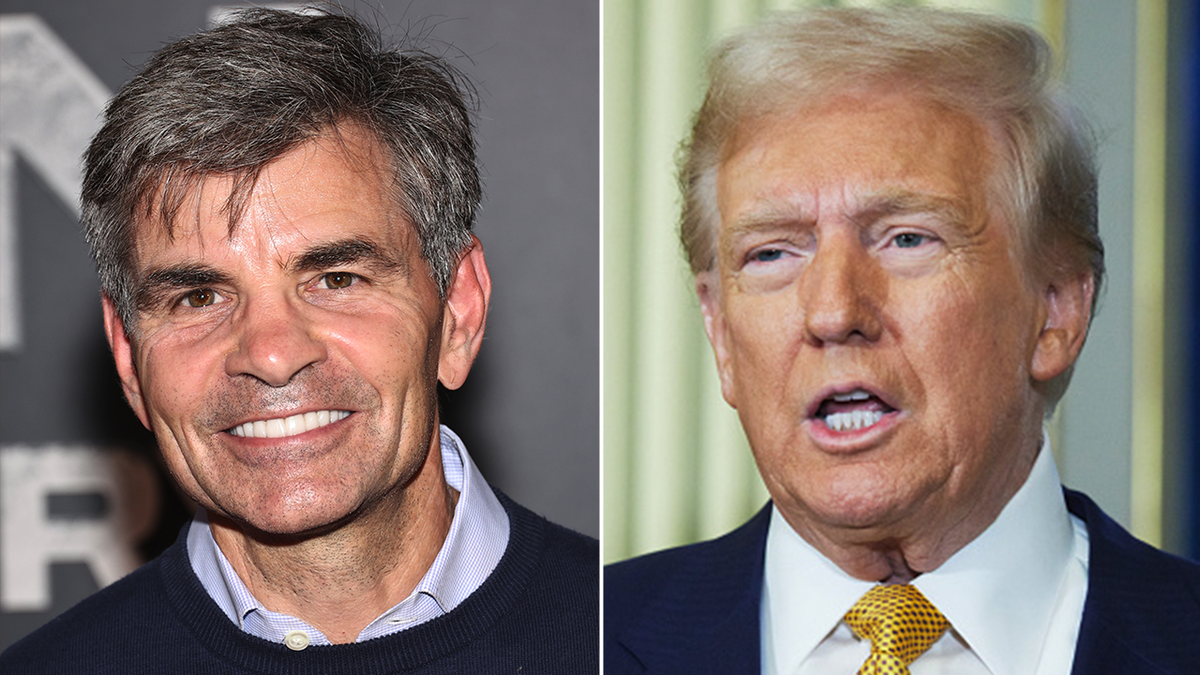President Biden recently boasted on Twitter about the positive impact of his economic policies, dubbed "Bidenomics," on American workers' wages. However, his claims were quickly countered by Twitter's Community Notes feature, which highlighted a factual inaccuracy. The president asserted that real wages were higher than before the pandemic, but the fact-check pointed out that real wages, adjusted for inflation, are actually lower now than they were in March 2020.

This incident isn't the first time Biden's economic pronouncements have faced scrutiny. He previously claimed a $1.7 trillion deficit reduction, a statement deemed "highly misleading" by the Washington Post and other fact-checkers. He also took credit for the 988 suicide hotline, established during the Trump administration. Furthermore, his assertion about healthcare being a right was contrasted with his past stances against universal healthcare and Medicare for All.
Biden's emphasis on "Bidenomics" comes as he seeks re-election in 2024. He has been actively promoting his economic agenda through speeches and campaign events. However, economists and voters remain skeptical. Several economists have expressed concerns about excessive spending and inflation under Biden's leadership. One expert referred to "Bidenomics" as a "failure," citing high inflation, low productivity, sluggish economic growth, and rising debt. Another economist highlighted the overstimulation of the economy leading to inflation.

Public opinion reflects this economic unease. A Fox News poll revealed that a significant majority of voters are worried about inflation and the country's economic future. This concern is particularly pronounced among Republicans, whose anxieties about the nation's trajectory have increased during Biden's presidency. While Democratic concern has decreased, it hasn't fallen as sharply as Republican worry has risen, resulting in a generally anxious electorate.

Biden's approval rating on economic matters remains low, at just 32%. While the inflation rate has decreased from its peak of 9% in June 2022 to 3% currently, it still surpasses the Federal Reserve's 2% target.








